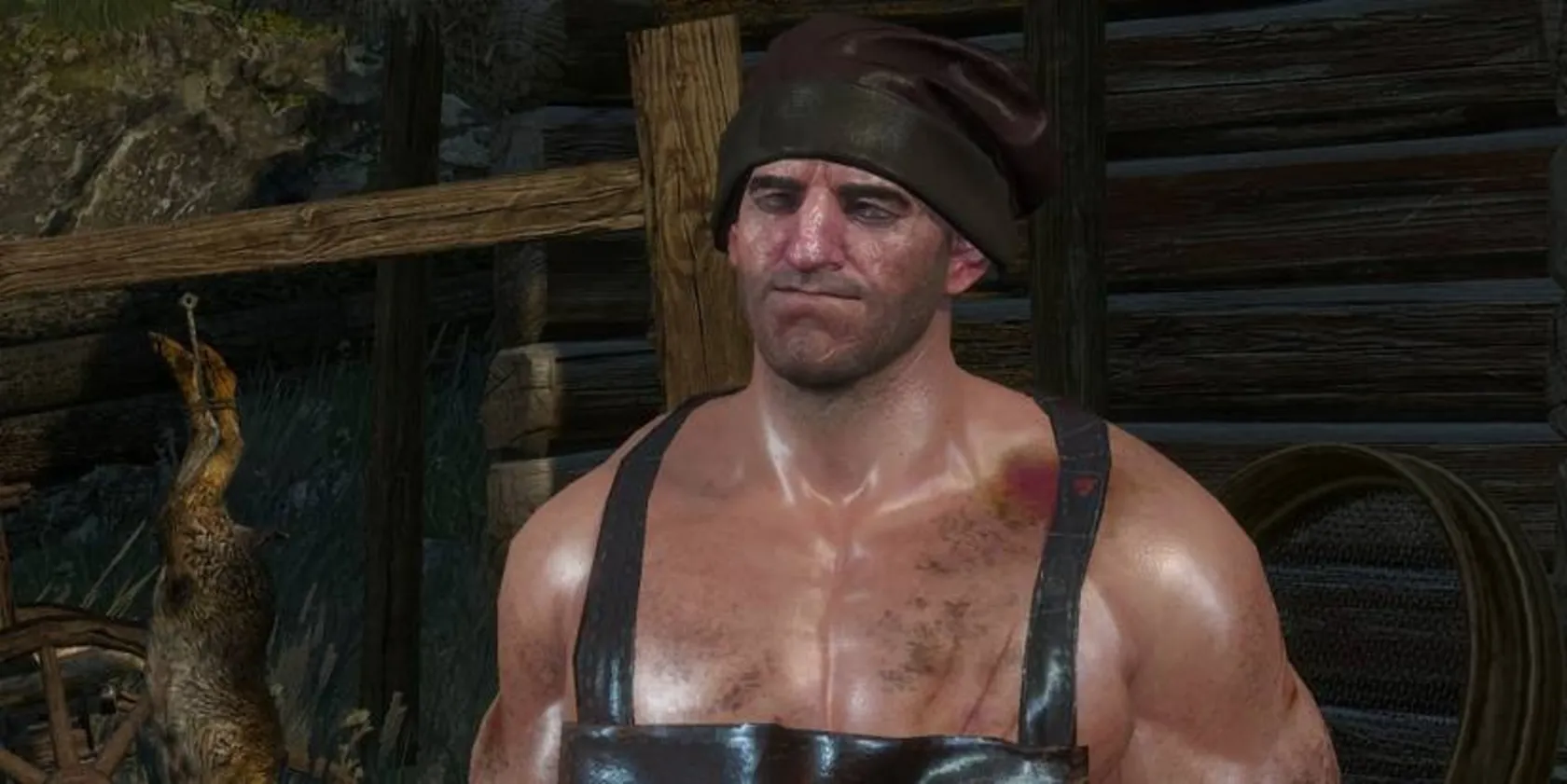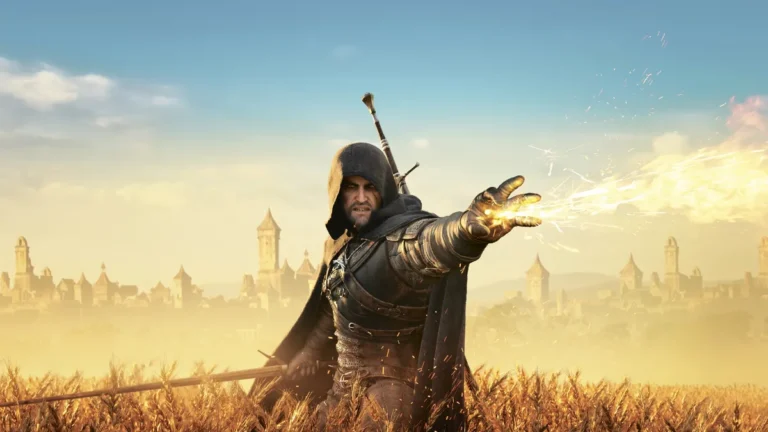The Witcher 3: Wild Hunt is widely regarded as one of the best fantasy RPGs of the past decade. Years after its release, it still holds a special place in the hearts of gamers around the world. Its captivating storytelling, rich world-building, and detailed gameplay systems make it a benchmark in game design. Nearly every quest feels meaningful, and that’s largely due to the unmatched passion of the developers at CD Projekt Red. While some may bring up the rocky launch of Cyberpunk 2077, it’s fair to say that with more development time, even that game turned into a standout title.
But this article isn’t about Cyberpunk. Instead, let’s dive into 10 interesting facts about The Witcher 3 that you probably didn’t know.
10. NPC Programming Was Incredibly Complex
The Witcher 3 doesn’t just impress with its graphics or animations—it shines in the lifelike behavior of its NPCs (non-playable characters). These background characters weren’t just placed in the world to fill space. They hiccup, beg using distinct dialogue strategies, and sailors even have unique tattoos based on their region. These tiny details make the game’s world feel alive, thanks to the developers’ love and dedication for the Witcher universe.
9. Over 1,500 People Worked on the Game
CD Projekt Red spared no expense in creating a masterpiece. After dealing with setbacks on earlier projects, the studio decided to go all-in on an adaptation of the Polish fantasy novel series The Witcher. With the success of the first two games, they committed fully to the third. The result? A team of more than 1,500 people contributed to the project, pushing the limits of what an RPG could be.
8. Massive Content Created Massive Challenges
At one point during development, the team discovered over 5,000 bugs in a pre-release version of the game. Instead of rushing to release, CD Projekt Red delayed the launch to polish everything. During this time, they revamped the game’s camera system and even reworked the melee combat, drawing inspiration from FromSoftware’s Dark Souls. If you’ve played both franchises, you might notice the subtle similarities in combat pacing.
7. Pop Culture Easter Eggs Are Everywhere

The Witcher 3 loves to wink at other parts of the entertainment world. You’ll find Leonardo da Vinci-style paintings on walls, a cheerful man quoting Borat’s “Wa Wa Wee Wa,” an achievement for winning a horse race titled Fast and Furious, and even a questline involving a blacksmith named Hattori—a reference to Hattori Hanzo, the legendary swordsmith from Kill Bill. These clever nods make exploration even more rewarding.
6. A Sequel Was Teased Early On
For those who reached one of the game’s alternate endings, it became clear that The Witcher 3 was not the end of the saga. While Geralt of Rivia may be nearing the end of his story (he’s nearly 100 years old, after all), the game hints that Ciri will take center stage in the next installment—something now officially confirmed for The Witcher 4.
5. One of the Largest Open Worlds in Fantasy RPGs
Designing a world as vast as The Witcher 3—and keeping it engaging—was no small feat. According to estimates, riding across the full map on horseback takes around 40 real-world minutes. The game world is approximately 20% larger than Skyrim’s map, and unlike many open-world games, every hill, forest, and village feels purposeful and alive.
4. The Author’s Contract Led to Major Regret
Andrzej Sapkowski, author of The Witcher novels, sold the rights to CD Projekt Red in a one-time payment, not expecting the game to succeed. He later admitted he underestimated the franchise’s potential. As the game soared in popularity and Netflix created its own adaptation, Sapkowski realized he had missed out on millions of dollars. Legally, he couldn’t reclaim anything, but the misjudgment remains a major lesson in licensing.
3. A Ghost Ship Appears Near Skellige
Off the icy coasts of Skellige, a ghostly ship appears once during the day and once at night. But blink and you’ll miss it—it only shows for a few moments. If you’re not looking in the right direction at the right time, you’ll never spot it. This mysterious event adds to the eerie charm of the region, blending Nordic and Scottish inspirations into the game’s atmosphere.
2. Philippa Eilhart’s Eyes Were Replaced with Jewels
In The Witcher 2, King Radovid ordered that Philippa Eilhart—one of the most powerful sorceresses—have her eyes gouged out. When we see her in The Witcher 3, she’s wearing a scarf over her face. However, early concept art revealed a more grotesque design where her eyes were replaced with glowing jewels. Although this wasn’t used in the final game, it shows how far the developers considered pushing the horror-fantasy aesthetic.
1. A Critical Combat Mechanic Was Cut from the Game
In early versions of the game, Geralt had a focus mode that allowed him to highlight enemy weak points. He would be able to target bones, arteries, or vital organs to deliver lethal blows more efficiently. Unfortunately, this feature was cut from the final release—possibly due to complexity or balance concerns. Still, fans hope it may return in The Witcher 4.
Final Thoughts: More Than Just a Game
The Witcher 3 is more than just a fantasy RPG. It’s a game that set new standards in storytelling, world-building, and immersive design. Every detail, from its lifelike NPCs to its hidden ghost ships, proves that passion and creativity can create worlds that feel truly alive. Even after all these years, it continues to surprise us.
